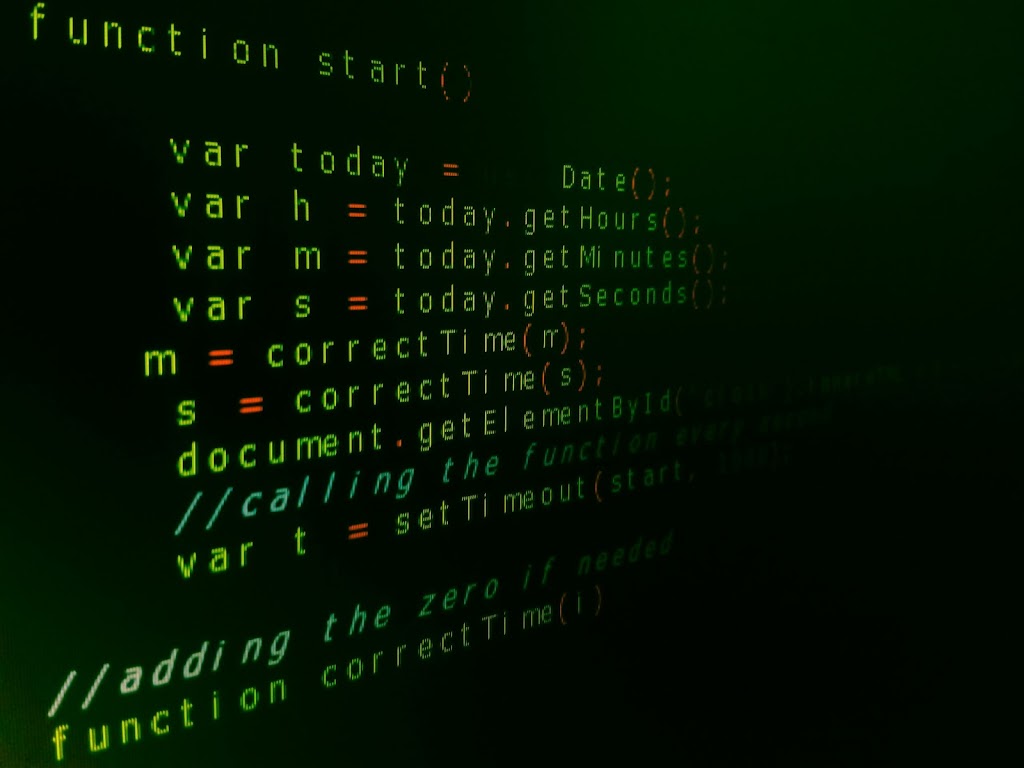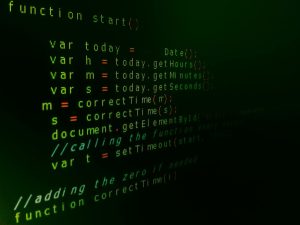Book Title: “Mastering Laravel Development: A Comprehensive Guide for Developers”
Book Chapters:
- Introduction to Laravel
- Setting Up Your Development Environment
- Understanding Laravel Fundamentals
- Database Management with Laravel
- Building User Authentication Systems
- Creating RESTful APIs with Laravel
- Frontend Development with Laravel Mix
- Testing and Debugging in Laravel
- Advanced Routing and Middleware
- Working with Eloquent ORM
- Implementing Authentication and Authorization
- Optimizing Performance in Laravel Applications
- Integrating Third-Party Services
- Deployment and Continuous Integration
- Laravel Best Practices and Beyond
Book Introduction:
Welcome to “Mastering Laravel Development: A Comprehensive Guide for Developers.” In this book, we embark on a journey to explore the depths of Laravel, one of the most popular PHP frameworks in the world. Whether you’re a seasoned developer looking to expand your skill set or a newcomer eager to dive into Laravel development, this book has something to offer for everyone.
With its elegant syntax, powerful features, and robust ecosystem, Laravel has become the framework of choice for building modern web applications. From creating RESTful APIs and managing databases to implementing authentication and authorization systems, Laravel empowers developers to streamline their workflow and build high-quality, maintainable code.
Throughout this book, we’ll cover everything you need to know to become a proficient Laravel developer. We’ll start by introducing the basics of Laravel, including its architecture, installation process, and essential concepts. From there, we’ll dive into more advanced topics such as database management, user authentication, and API development.
Each chapter is carefully crafted to provide you with in-depth explanations, practical examples, and hands-on exercises to reinforce your learning. By the end of this book, you’ll have the knowledge and skills to tackle real-world Laravel projects with confidence and efficiency.
So, whether you’re looking to build your next web application or enhance your existing projects, “Mastering Laravel Development” is your ultimate guide to mastering the art of Laravel development.
Chapter 1: Introduction to Laravel
Laravel is an open-source PHP framework known for its elegant syntax, expressive features, and developer-friendly environment. In this chapter, we’ll provide an overview of Laravel, its history, and its core principles. We’ll also discuss the benefits of using Laravel for web development and explore its key features, including the Laravel Blade templating engine, Artisan command-line interface, and Eloquent ORM.
Getting Started with Laravel
Before diving into Laravel development, it’s essential to set up your development environment. In this section, we’ll guide you through the process of installing Laravel using Composer, a dependency manager for PHP. We’ll also cover the installation of Laravel Valet, a development environment for macOS users, and Laravel Homestead, a pre-packaged Vagrant box for Laravel development.
Understanding Laravel Fundamentals
Once you have Laravel installed, it’s time to familiarize yourself with its fundamentals. In this section, we’ll explore the structure of a typical Laravel application, including its directory layout and configuration files. We’ll also discuss the MVC (Model-View-Controller) architectural pattern and how Laravel implements it to organize code and separate concerns effectively.
Exploring Key Laravel Features
Laravel comes with a wide range of features designed to streamline the development process and boost productivity. In this section, we’ll take a closer look at some of the most notable features of Laravel, including:
- Laravel Blade: A powerful templating engine that simplifies the process of creating dynamic, reusable views.
- Artisan Command-Line Interface: A command-line tool that automates common tasks such as generating code, running migrations, and managing database schema.
- Eloquent ORM: An intuitive ActiveRecord implementation that allows developers to interact with databases using PHP syntax.
By the end of this chapter, you’ll have a solid understanding of Laravel’s fundamentals and be ready to dive deeper into the world of Laravel development.







